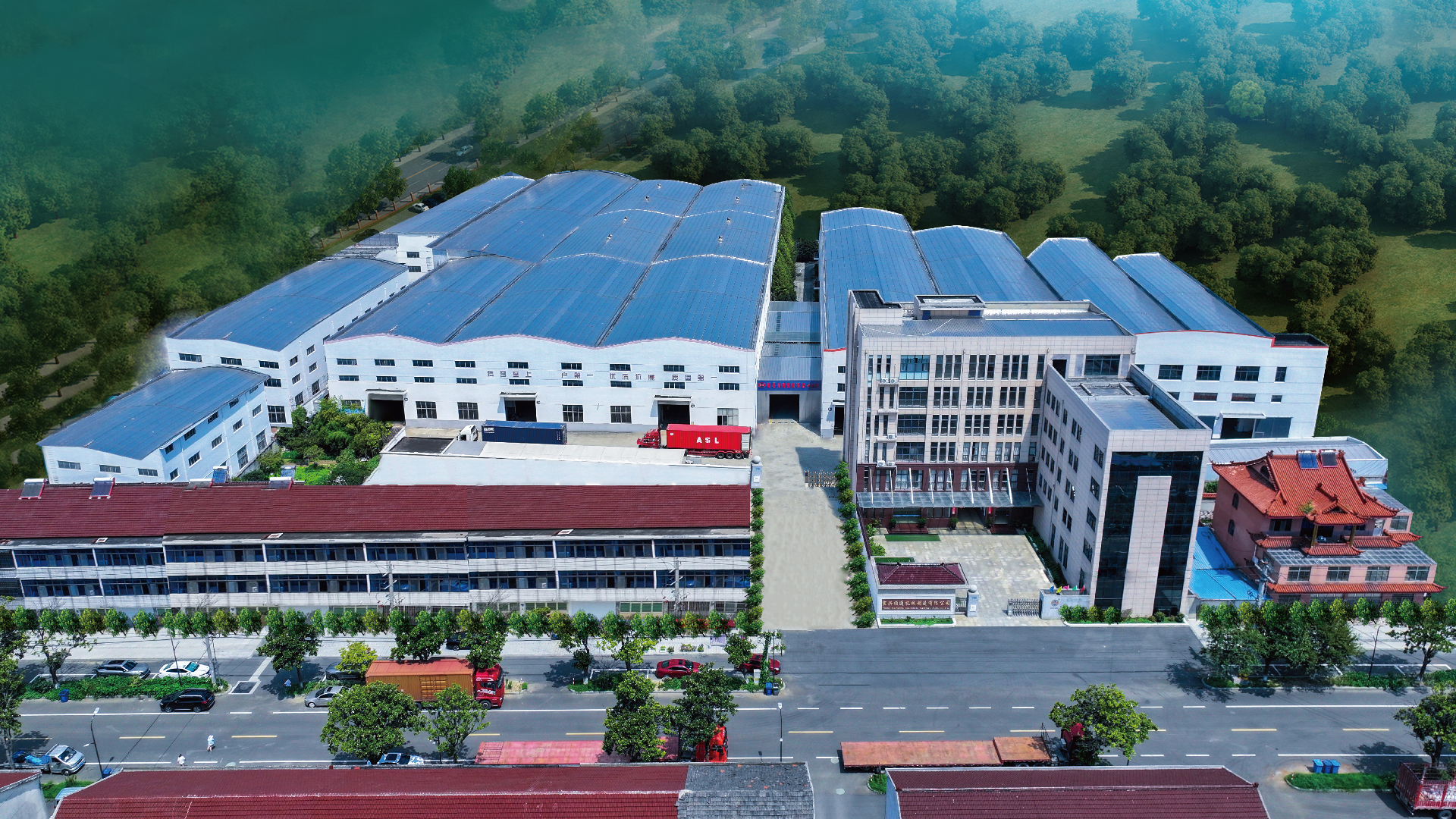Application Prospects of Monofilament Extruder: Seizing Growth Opportunities in Sustainable and High-Tech Sectors
The global shift toward eco-friendly daily necessities will drive strong prospects for monofilament extruders. As countries ban or restrict single-use plastics, demand for reusable alternatives—such as PP/PET monofilament shopping bags, PLA mesh bags for produce, and recycled-fiber filter fabrics—has surged. Monofilament extruders excel here: they can process biodegradable materials (like PLA, PBAT) and recycled inputs (such as rPET from plastic bottles) while maintaining consistent filament quality (adjustable fineness, tensile strength). With brands and retailers racing to adopt "sustainable packaging" labels, extruders that enable cost-effective production of green monofilament products will become a core investment for manufacturers, expanding their market share in the consumer goods sector.
In modernized and large-scale agriculture, monofilament extruders are poised to meet skyrocketing demand for high-performance farming materials. The rise of smart greenhouses, intensive crop cultivation, and policy-driven "eco-agriculture" (to reduce agricultural plastic pollution) has created a need for durable, customizable monofilaments. Extruders can produce UV-resistant filaments for shade nets (regulating light for leafy greens), anti-aging strands for crop support ropes (for tomatoes, grapes), and biodegradable reinforcements for mulch films (preventing tearing). Unlike small-scale equipment, industrial monofilament extruders offer mass production capabilities—critical for large farms that require consistent, large-volume supplies—ensuring their prospects remain tied to the global push for agricultural efficiency and sustainability.
The expansion of high-end industrial and specialized fields will open new growth avenues for monofilament extruders. In new energy, for example, lithium-ion battery separators require ultra-thin, uniform PET/PP monofilaments—extruders with precision temperature control and online diameter monitoring can meet these strict specs. In medical manufacturing, biocompatible monofilaments (from medical-grade PET) for surgical sutures and hernia repair meshes depend on extruders that achieve micrometer-level accuracy. Even in automotive production, heat-resistant monofilaments for interior filter meshes and seat ventilation nets rely on extruders’ ability to process high-performance materials. As these high-value sectors grow and reduce reliance on imported filaments, monofilament extruders that offer customization and compliance with industry standards will capture opportunities in high-margin markets.

